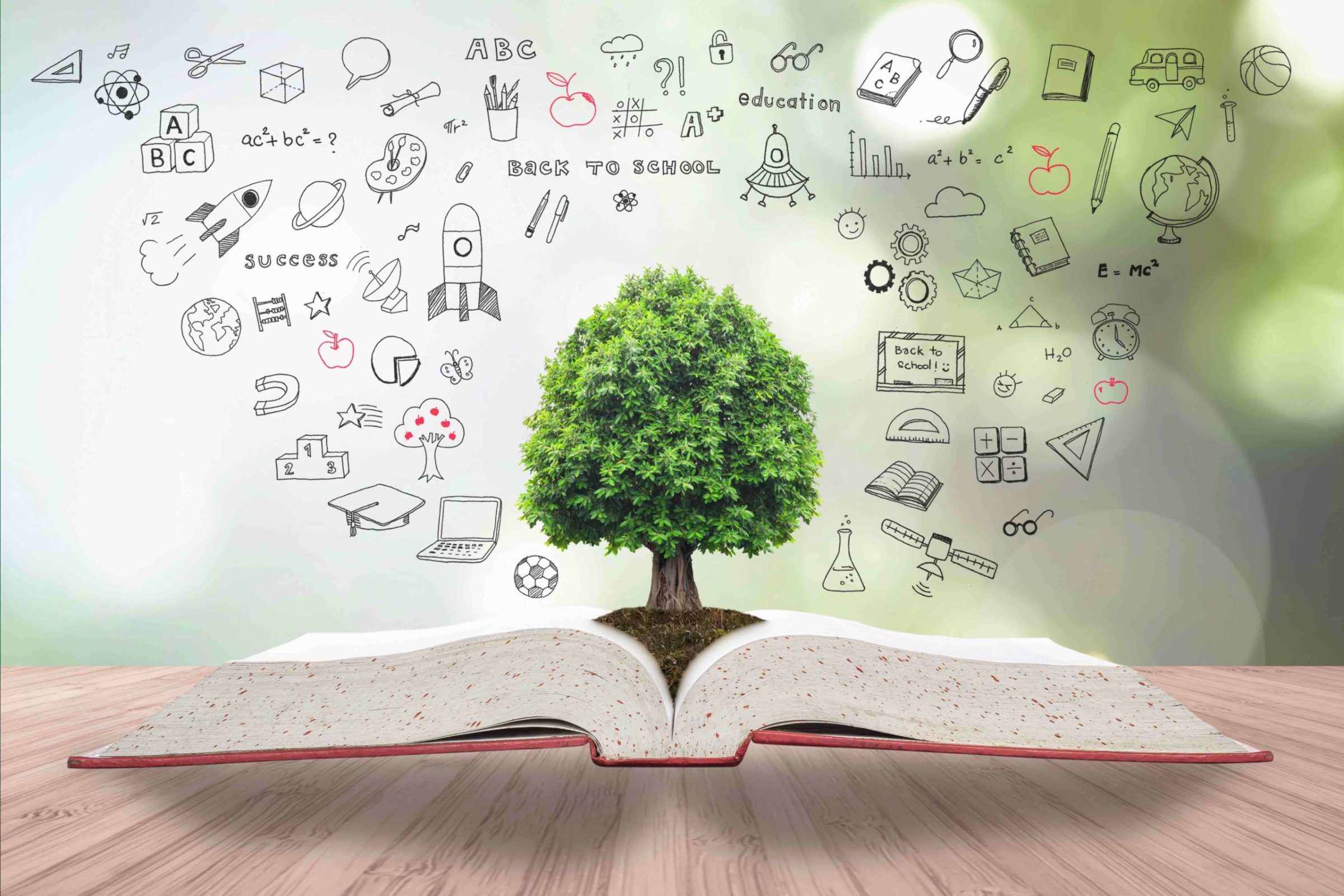The Vibrant Landscape of Trainee Communities
16077In today’s interconnected world, trainee communities play a crucial function in shaping scholastic and individual experiences.
These neighborhoods are not simply collections of individuals but are vibrant ecological communities that foster growth, discovering, and partnership amongst trainees. They differ extensively in kind and function, from campus-based groups to global on-line discussion forums, each offering one-of-a-kind opportunities for engagement and development.
Whether you are tipping onto an university campus for the very first time or participating in virtual learning settings, comprehending the structure and advantages of pupil areas can substantially boost your instructional journey. This write-up looks into the significance of student areas, discovering exactly how they work, the advantages they provide, and the ways in which they can be leveraged for personal and academic success.
Comprehending Student Neighborhoods
Student neighborhoods are fundamental to the scholastic experience, functioning as both social and academic support systems. At their core, these neighborhoods are groups formed naturally by trainees that share typical rate of interests, goals, or fields of study. They can be informal, such as study hall, or official, like student unions and clubs.
These communities are identified by a common identification and the collective search of knowledge, skills, and experiences. They work as platforms for pupils to link, collaborate, and add to each various other’s growth, extending beyond academic limits to influence individual advancement and area engagement.

In essence, pupil areas are microcosms of larger social frameworks, where management skills are honed, concepts are traded, and long-lasting friendships are created. The interactions within these communities show a diverse blend of cultural, intellectual, and social characteristics.
- Networking Opportunities: Pupil areas give a network of peers and mentors who can provide support and advice.
- Skill Advancement: Engaging in neighborhood tasks assists trainees establish vital skills such as communication, management, and teamwork.
- Source Access: These neighborhoods often give accessibility to scholastic resources, including research study materials and expert suggestions.
- Social Interaction: They supply a system for social interaction, alleviating the transition right into new scholastic environments and assisting to deal with seclusion.
Through these different features, student areas end up being essential to the alternative development of pupils, laying a foundation for future specialist and personal success.
The Advantages of Participating In Pupil Areas
The advantages of joining student areas are multifaceted, affecting both scholastic and individual rounds.

On an academic degree, these areas urge collaborative discovering, allowing trainees to gain from diverse perspectives and know-how. Sharing knowledge and sources within a neighborhood can result in more efficient learning outcomes and enhanced academic efficiency.
In addition, student neighborhoods provide a system for individual growth and self-discovery. By engaging with peers from various histories and self-controls, trainees get a broader worldview, boosting their cultural proficiency and empathy. This direct exposure to varied perspectives is very useful in establishing important thinking and analytical skills.
Additionally, active involvement in area activities can enhance students’ confidence and self-worth. Handling leadership functions or taking part in conversations and events promotes a feeling of achievement and belonging, which is important for general well-being and motivation.
Kinds Of Pupil Areas
Pupil neighborhoods come in numerous types, each satisfying different interests and objectives. These can be broadly categorized into scholastic, cultural, leisure, and expert communities, to name a few. Each type provides special systems crowdsourced education and possibilities for student engagement.
- Academic Communities: These are usually centered around details fields or scholastic passions. Instances consist of study groups, honors cultures, and department clubs.
- Social Communities: These groups concentrate on promoting social recognition and variety, often arranging occasions and activities to celebrate various traditions.
- Leisure Areas: These consist of sports groups, leisure clubs, and hobby-based groups that give a break from academic rigors and promote physical and mental wellness.
- Professional Neighborhoods: These are targeted at job growth, supplying networking chances, workshops, and mentorship programs to prepare pupils for the expert globe.
By identifying and engaging with the right communities, students can customize their college experiences to align with their passions and job ambitions, paving the way for a meeting academic trip.
Constructing a Thriving Pupil Community
Creating and maintaining a prospering student area needs initiative and collaboration from both students and universities. It begins with promoting an inclusive setting where all students feel welcomed and valued no matter their backgrounds.
Establishments can support this by supplying resources and centers that motivate interaction and engagement. This consists of producing physical spaces like student unions and on-line systems that assist in interaction and partnership. Furthermore, arranging events, workshops, and workshops can additionally improve interaction, giving trainees with chances to link and gain from each various other.
Management and Pupil Participation
Reliable leadership is essential in nurturing a successful student area. Management functions within these areas use students a chance to develop and show their business and interpersonal abilities. Pupils who assume these roles contribute substantially to setting the tone and direction of their areas, affecting their peers favorably.
Motivating leadership and energetic involvement among pupils not just enhances the community however also encourages people, preparing them for future difficulties. By promoting a society of partnership and assistance, student neighborhoods can grow, leaving a lasting influence on their participants and the academic setting all at once.
Back

Comments are closed here.